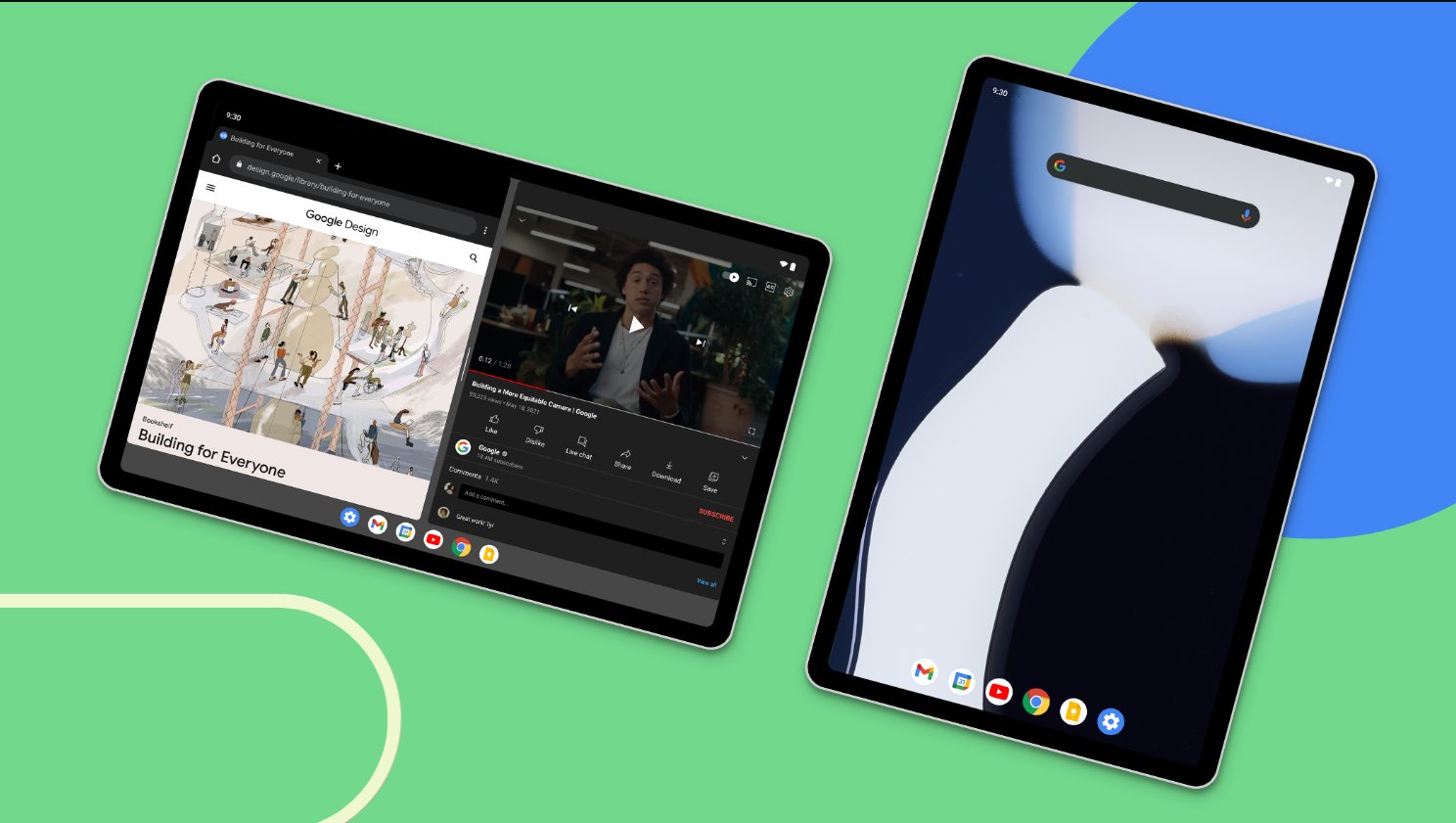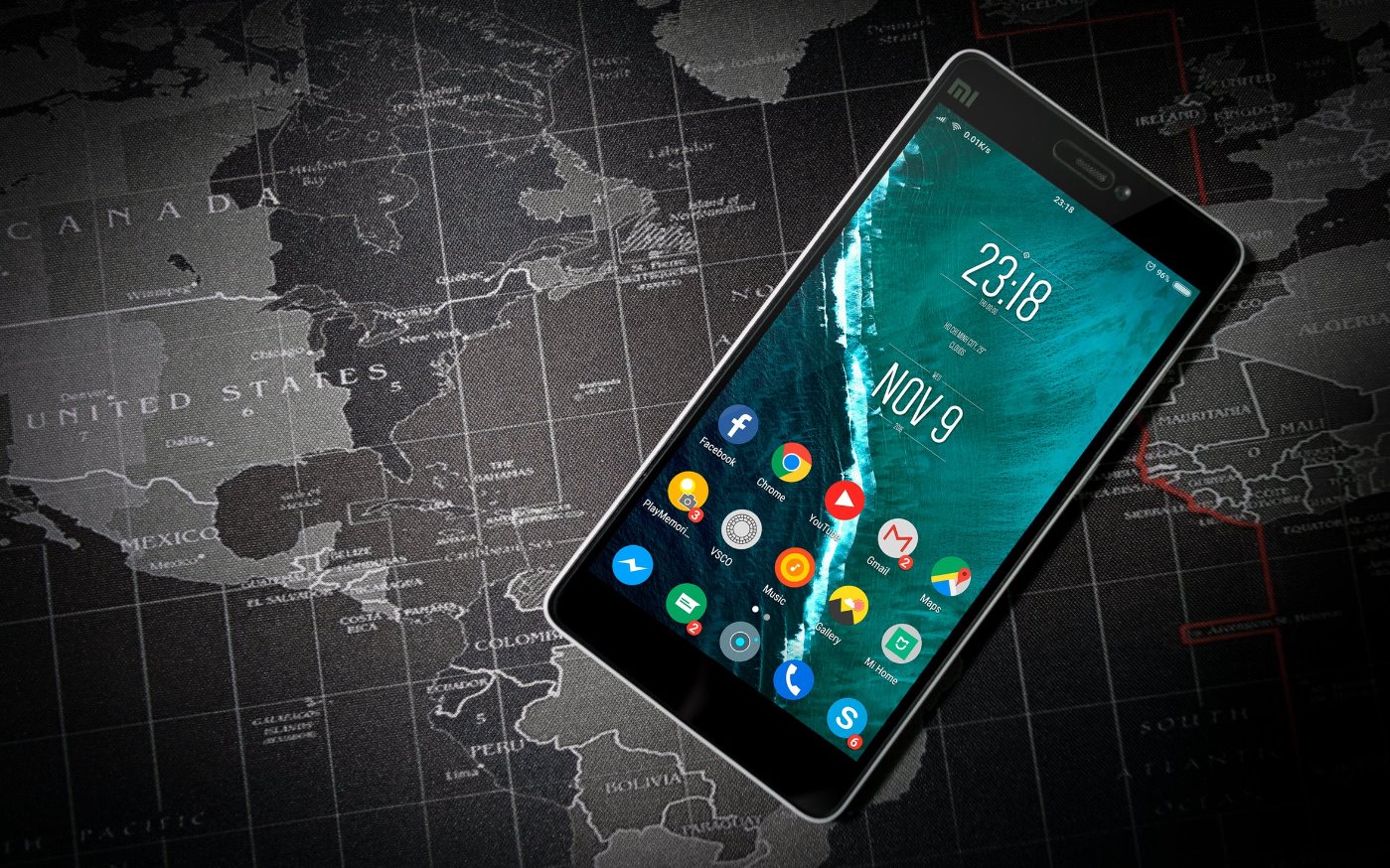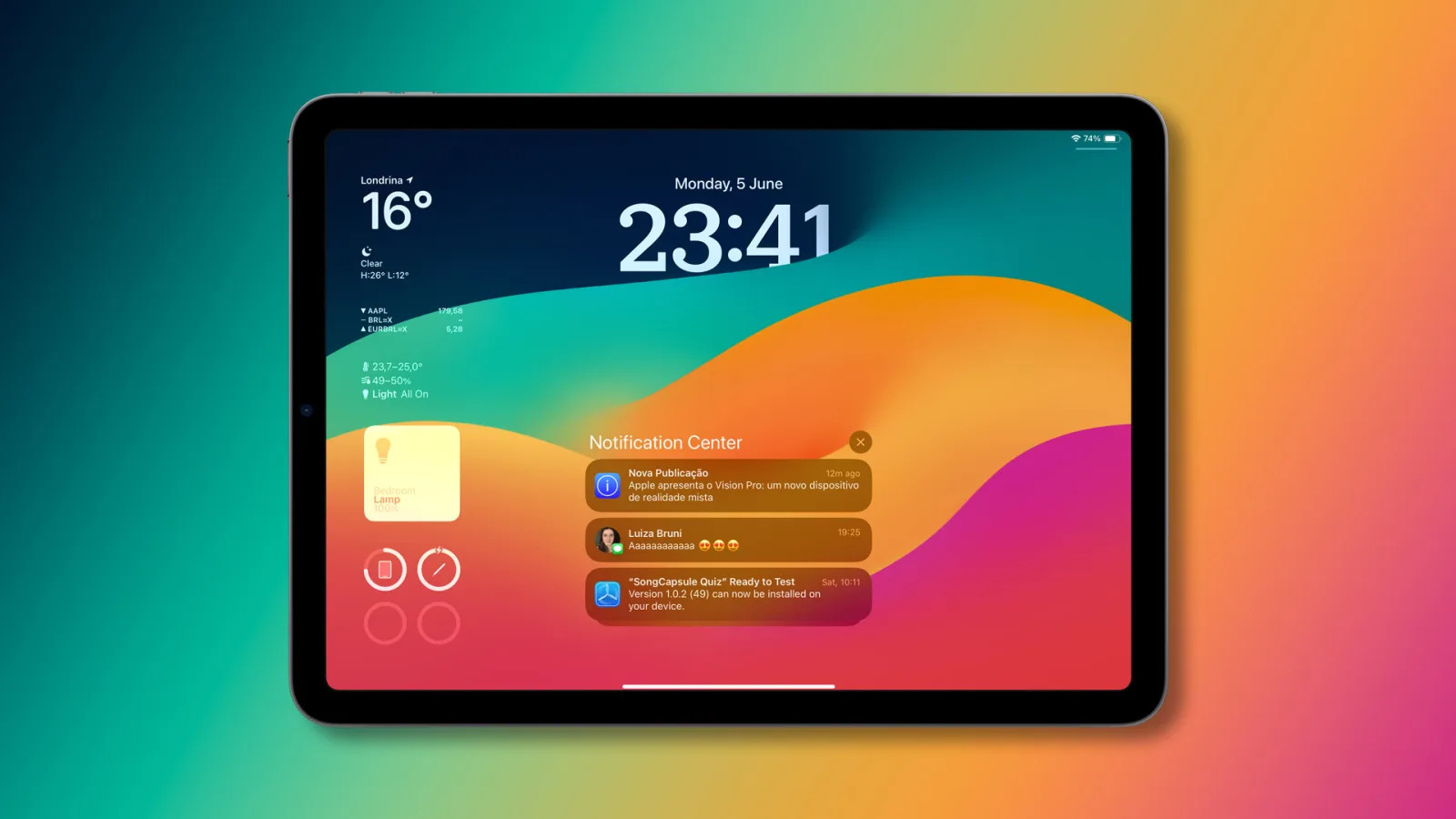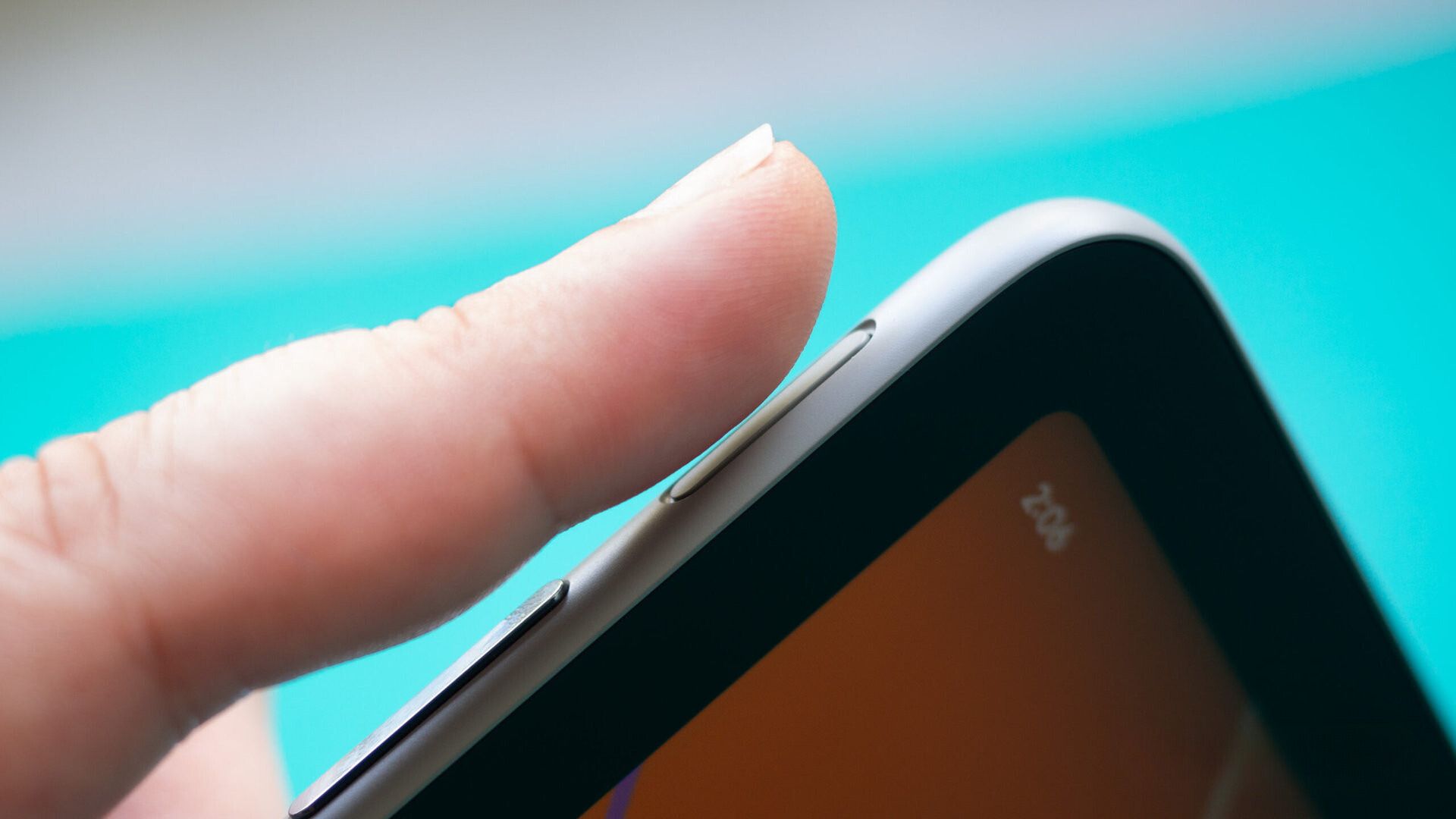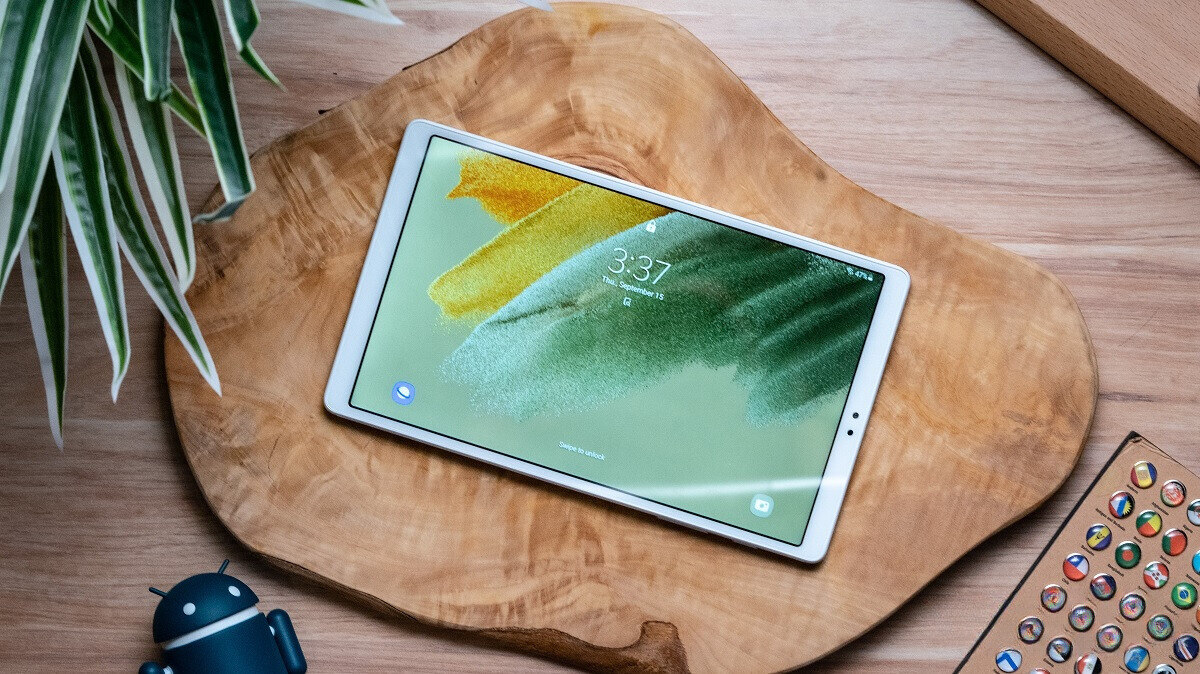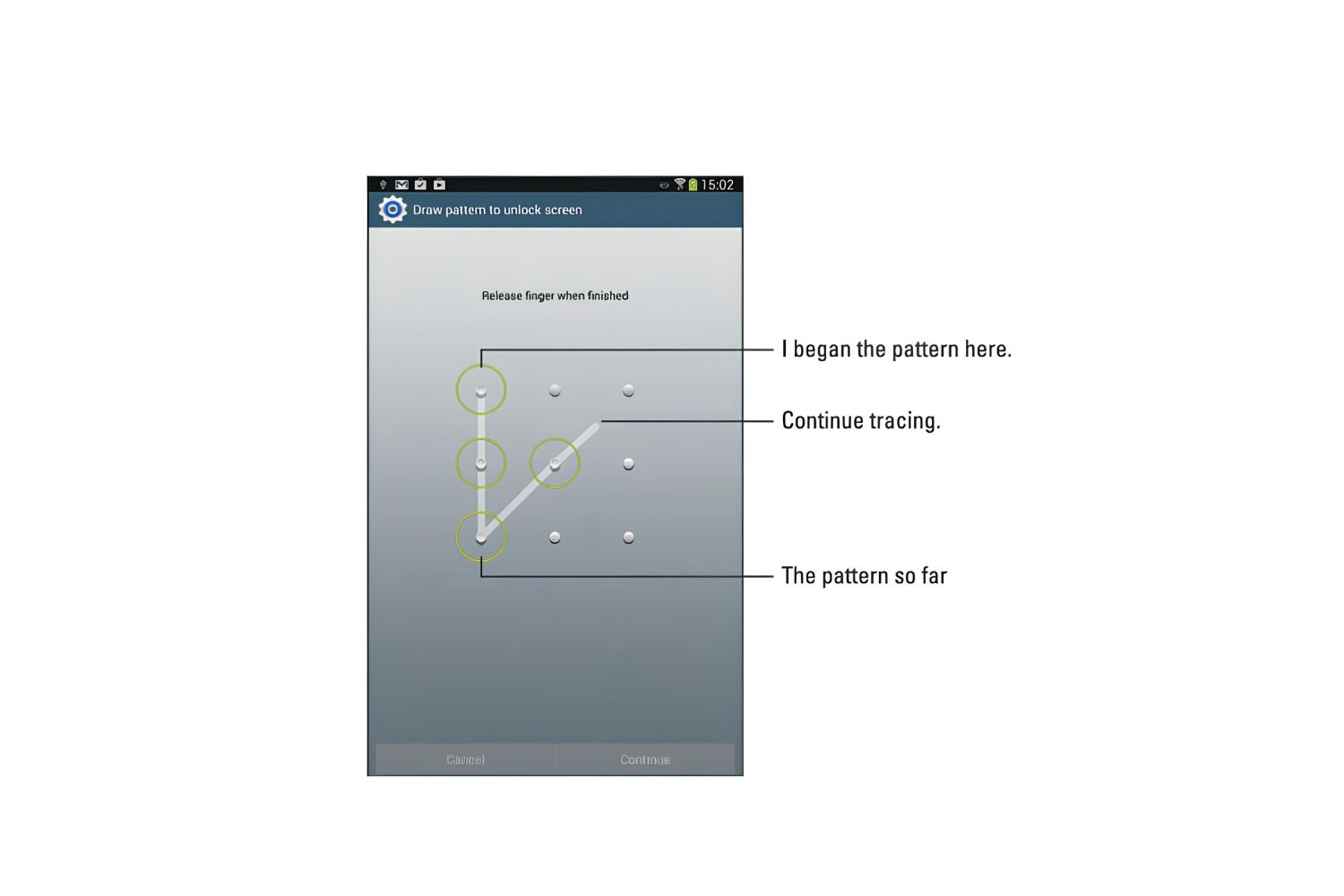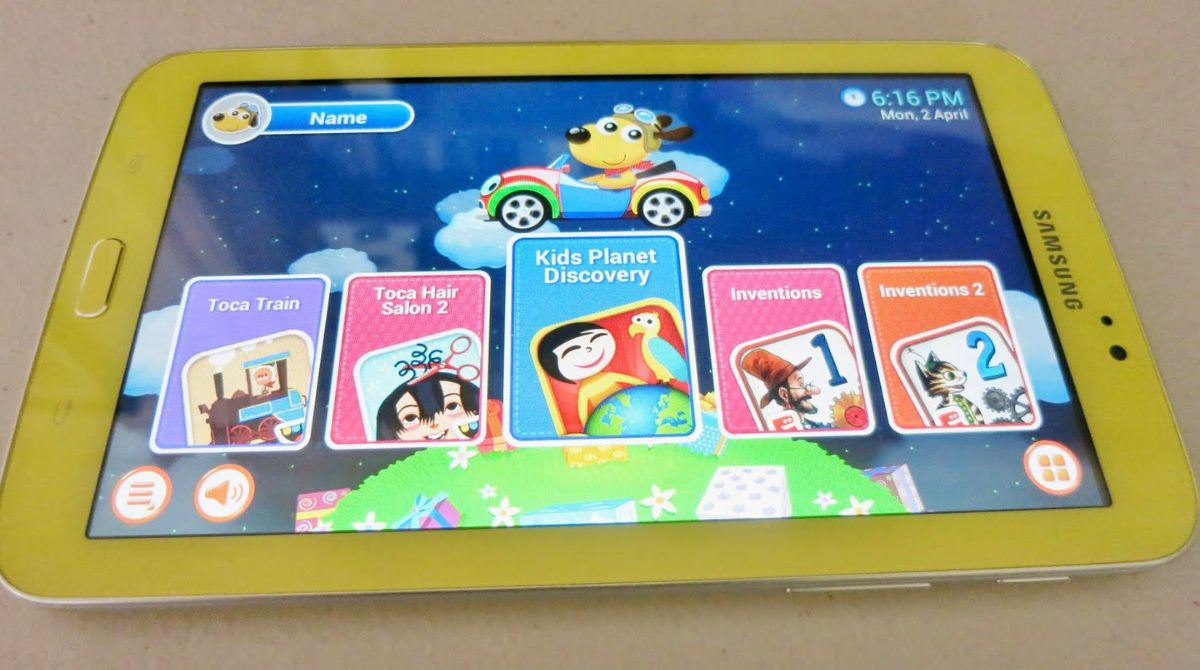Introduction
Welcome to the world of Android tablets, versatile devices that offer a wide range of functionalities and applications. However, there are times when you may want to restrict the usage of your tablet to a single app. Whether you want to ensure that your child stays focused on their homework app, or you want to set up a tablet in a public space to showcase a specific application or information, locking your Android tablet to one app can be a useful feature to have.
By locking your Android tablet to one app, you can prevent users from accessing other applications or making unauthorized changes to the device’s settings. It provides a level of control and security, making it ideal for various scenarios such as educational institutions, retail kiosks, business presentations, and more.
In this article, we will explore different methods to help you lock your Android tablet to one app effectively. From built-in features to third-party apps and even specific options for business users, you will find a solution that best fits your needs.
But before we dive into the methods, it’s important to note that the availability of certain features may vary depending on the version of Android installed on your tablet and the manufacturer’s customization. Therefore, it is recommended to check your device’s user manual or the manufacturer’s website for specific instructions tailored to your tablet.
Now, let’s explore the various methods you can use to lock your Android tablet to one app and enjoy a controlled and focused user experience.
Why would you want to lock your Android tablet to one app?
Locking your Android tablet to one app can have several practical benefits for both personal and business use.
One of the main reasons you may want to lock your tablet to one app is to provide a focused and distraction-free environment. This is particularly useful in educational settings, where teachers or parents can ensure that students stay on task by limiting their access to specific educational apps or materials. By locking the tablet to the desired app, you can prevent students from getting distracted by games or other non-educational apps, promoting a more productive learning experience.
Another scenario where locking your Android tablet to one app is beneficial is in a retail or business setting. For example, if you have a tablet kiosk in a store, you can lock it to a product catalog app or a self-checkout system, allowing customers to browse products or make purchases without the risk of them accessing unrelated applications or tampering with the device’s settings. This helps ensure a seamless and secure customer experience.
Locking your tablet to one app also becomes handy during business presentations or meetings. By locking the tablet to a presentation app, you can prevent accidental access to personal files or unrelated applications, ensuring a professional and focused presentation.
Additionally, locking your Android tablet to one app can offer security benefits. In public spaces, such as museums or exhibition halls, you can lock the tablet to an informational app or interactive exhibit, preventing users from accessing other apps or sensitive information. This helps protect the integrity of the content and safeguards the tablet from unauthorized access.
Whether for education, retail, business, or public use, locking your Android tablet to one app provides a level of control over the device’s functionality, enhancing productivity, security, and user experience.
Method 1: Using the built-in Screen Pinning feature
Android devices come with a built-in feature called Screen Pinning that allows you to lock your tablet to a single app. This method is easy to use and does not require any additional apps or installations.
Here’s how you can use the Screen Pinning feature on your Android tablet:
- Go to the Settings app on your tablet.
- Scroll down and select the “Security” or “Lock screen and security” option.
- Look for the “Screen pinning” or “Pin screen” feature and tap on it.
- Toggle the switch to enable the Screen Pinning feature.
- Open the app you want to lock your tablet to.
- Press the Recent Apps button (typically a square or overview button) to view your recent apps.
- Swipe up on the app’s thumbnail to pin it to the screen.
Once you have pinned the app, your Android tablet will be locked to it, and users won’t be able to access any other apps or modify settings unless they know the screen pinning code (if you have set one up).
To unpin the app and regain full access to your tablet, simply press and hold the Back and Recent Apps buttons simultaneously for a few seconds.
It is worth mentioning that the exact steps may vary slightly depending on the version of Android installed on your tablet. If you are unable to locate the Screen Pinning feature in your device’s settings, you can refer to the user manual or search for specific instructions online based on your tablet’s make and model.
Using the built-in Screen Pinning feature is a convenient and straightforward method to lock your Android tablet to a single app. Whether you want to limit access for educational, business, or security purposes, Screen Pinning provides an effective way to keep your tablet focused on the app of your choice.
Method 2: Using third-party apps
If your Android tablet does not have the built-in Screen Pinning feature or if you require more advanced customization options, you can utilize third-party apps to lock your tablet to a single app. There are several apps available on the Google Play Store that offer this functionality.
Here’s how you can use third-party apps to lock your Android tablet to one app:
- Open the Google Play Store on your tablet.
- Search for “app lock” or “kiosk app” in the search bar.
- Browse through the list of apps and choose one that suits your needs.
- Install the app on your tablet.
- Launch the app and follow the on-screen instructions to set it up.
- Select the app you want to lock your tablet to and configure any additional settings or restrictions.
- Enable the app locking feature.
Once you have set up the third-party app, it will function as a kiosk or lock screen app, allowing you to lock your tablet to a single app of your choice. These apps often provide additional features such as time limits, content filters, and user access control, giving you greater control over the usage of your tablet.
It’s important to note that not all third-party apps are created equal, and their compatibility with your specific Android tablet may vary. Therefore, it’s advisable to read user reviews, check the app’s ratings, and ensure that it meets your requirements before installing it.
Using third-party apps to lock your Android tablet to one app provides a flexible and customizable solution. Whether you need advanced features, additional security measures, or specific user restrictions, these apps can enhance your tablet’s functionality and help you achieve a controlled and focused user experience.
Method 3: Using guided access (for specific Android tablets)
Sometimes, certain Android tablets have proprietary features or modes that allow you to lock the device to a single app. One such feature is Guided Access, which is available on specific Android tablets.
To use Guided Access and lock your Android tablet to one app, follow these steps:
- Launch the Settings app on your Android tablet.
- Scroll down and tap on “Accessibility.”
- Select “Guided Access” (or a similar option) from the list of accessibility features.
- Toggle the switch to enable Guided Access.
- Open the app you want to lock your tablet to.
- Triple-click the home button or the power button (depending on your device) to activate Guided Access.
- Customize any additional settings or restrictions, such as disabling touch gestures or specific areas of the screen.
Once you have enabled Guided Access, the selected app will be locked to the screen, and users will not be able to exit the app or access other applications without your permission. To exit Guided Access mode, simply triple-click the home or power button again and enter the designated passcode (if you have set one up).
Please note that Guided Access may not be available on all Android tablets, as it is a feature specific to certain devices or manufacturers. Therefore, it’s important to check your tablet’s user manual or the manufacturer’s website for information on whether your tablet supports Guided Access or similar functionality.
Using Guided Access is a useful method for locking your Android tablet to one app, ensuring a focused and controlled user experience. Whether for educational purposes, public displays, or specific work scenarios, Guided Access provides an additional layer of control over app usage on compatible Android tablets.
Method 4: Using Android Enterprise (for business users)
For business users looking to lock their Android tablets to one app and have more comprehensive device management capabilities, Android Enterprise is an ideal solution. Android Enterprise offers a range of features and management tools specifically designed for business use.
Here’s how you can use Android Enterprise to lock your Android tablet to one app:
- Visit the Android Enterprise website (enterprise.android.com) and sign up for an account.
- Set up your business profile and enroll your Android tablet into the Android Enterprise program.
- Configure the necessary policies and restrictions through the Android Enterprise management console.
- Select the app you want to lock your tablet to and deploy it to the enrolled devices.
- Set the required app configurations and restrictions to ensure the tablet is locked to the designated app.
- Manage the locked devices remotely, monitor app usage, and make necessary adjustments as needed.
Android Enterprise provides businesses with advanced device management capabilities, including the ability to lock tablets to one app, remotely deploy applications, set app usage policies, and monitor device performance. This level of control is particularly beneficial for businesses that require strict compliance or specialized workflows.
It’s important to note that Android Enterprise may require specific Android tablet models and may have additional licensing or subscription costs associated with its use. Therefore, it’s recommended to evaluate your business needs and consult with an IT professional or Android Enterprise representative to determine if this method is suitable for your organization.
Using Android Enterprise to lock your Android tablet to one app offers business users a comprehensive and scalable solution to manage and control their devices. With its robust device management features, Android Enterprise enables businesses to maintain a secure and focused environment while maximizing productivity and efficiency.
Conclusion
Locking your Android tablet to one app can be a valuable feature in various scenarios, providing control, security, and a focused user experience. Whether you are a parent wanting to limit your child’s access to specific apps, a business owner looking to create a kiosk experience, or an educator aiming to keep students engaged, there are multiple methods available to help you achieve this goal.
In this article, we explored four methods to lock your Android tablet to one app. The built-in Screen Pinning feature is a convenient option for many Android devices, allowing you to quickly lock your tablet to a specific app without the need for external applications. For more advanced customization and features, utilizing third-party apps from the Google Play Store can offer additional control and flexibility.
Specific Android tablets may also have proprietary features like Guided Access, which allow you to lock the tablet to a single app with a few simple steps. Finally, for business users, Android Enterprise provides comprehensive device management capabilities, including the ability to lock tablets to specific apps and remotely manage device settings.
Remember to consider the compatibility of each method with your specific Android tablet model and take into account any additional costs or requirements. Reading user reviews, consulting the device’s user manual, or reaching out to support for guidance can help ensure a successful implementation.
Whether you’re seeking a distraction-free environment, enhanced security, or streamlined business operations, locking your Android tablet to one app can be a valuable solution. Select the method that best suits your needs, follow the instructions provided, and enjoy a focused and controlled user experience on your Android tablet.









